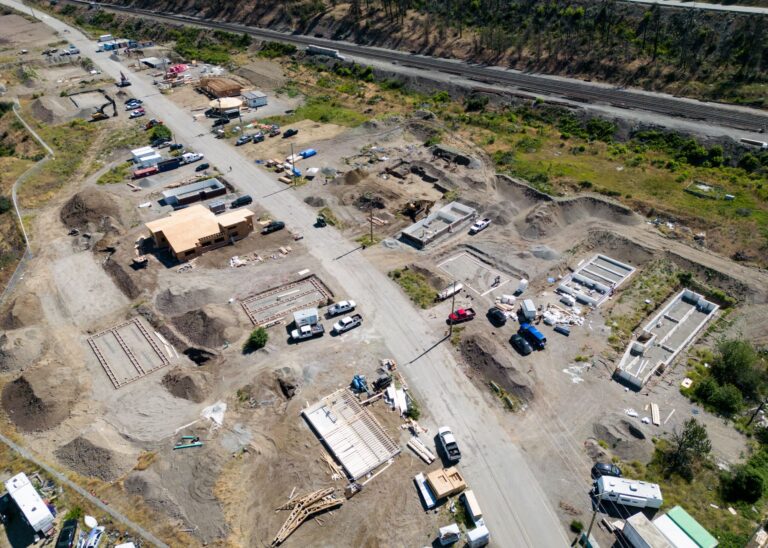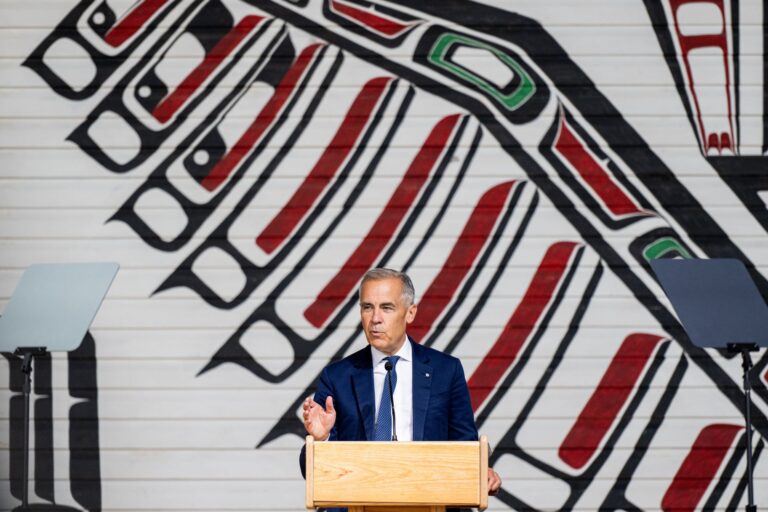(Version française disponible ici.)
Co-authored with the ii’ taa’poh’to’p Circle of Elders
Despite the remarkable achievements of Canada’s higher education institutions, there remains an endemic and unresolved issue present on virtually every campus: systemic ignorance of Indigenous knowledge systems.
One bright light on a path forward is the notion of parallel paths which comes from a concept brought forward by the knowledge keepers who contributed to the University of Calgary’s Indigenous Engagement Strategy ii’ taa’poh’to’p in 2017.
Parallel paths
The principle of parallel paths revitalizes Indigenous governance practices while reaffirming Indigenous sovereignty.
The United Nations Declaration on the Rights of Indigenous Peoples (UNDRIP), adopted in 2007, recognizes the rights of Indigenous Peoples, emphasizing their survival, dignity and well-being. Central to this is the call for Indigenous self-governance, particularly in educational systems, where Indigenous laws and governance principles must be revitalized to ensure true autonomy and respect.
Canada’s Truth and Reconciliation Commission underscores this in its final report, highlighting the right of Indigenous Peoples to control their educational institutions.
Despite these commitments, however, the current decision-making frameworks in higher education largely exclude Indigenous voices and knowledge systems.
To overcome these challenges, we must reimagine the relationship between Indigenous and Western governance systems. This involves creating a shared ethical space where both systems coexist, each respecting without overshadowing the other – an approach grounded in mutual respect and community accountability.
By walking parallel paths in governance, we unlock the potential to integrate insights from both Indigenous and non-Indigenous perspectives. Not only does this approach strengthen our shared governance systems but it also honors the foundational principles of bilateral self-determination and inclusion.
Michael Hart, vice provost and associate vice president of Indigenous engagement at the University of Calgary, describes such parallel paths as two canoes in the water: each canoe and its paddler are on their own journey, yet they can communicate, share experiences, and discuss plans for moving downstream.
At times this requires deliberate effort from each paddler; each canoer must extend their oar to reach the other, grab the other’s oar and come together to stabilize one another as one unit. In that moment of mutual, effortful engagement, they initiate a deepened dialogue across their differences.
Mutual recognition of core values
Living parallel paths demands multilateral commitment and the requisite resources to integrate ethical space into decision-making, particularly within public institutions.
The notion of parallel paths represents the journey of two sets of communities – Indigenous and non-Indigenous – each with their own internal diversities, in a space between our worldviews where neither side dominates and we agree on how we’ll talk, listen, and decide.
While acknowledging their distinct histories, experiences, and constitutional commitments to self-determination, these communities travel side by side, each at their own pace, united in the goal of creating more balanced relationships. Each community draws on its own philosophies and insights, learning from one another to govern a shared system in pursuit of fairer outcomes grounded in mutual understanding and trust.
For this transformation to thrive – beyond mere adjustments at the margins of decision-making – we must start with our core values and build governance models that genuinely include Indigenous Peoples and are grounded in strong relationships. These values need not be identical; in fact, they certainly will not be the same, but insomuch as there is overlap, those shared values can sustain a shared ethical space.
In a shared ethical space, we invite dialogue, identify potential conflicts, and encourage mutual understanding that respects our diverse histories, perspectives, and ways of being. Although these relational commitments do not force agreement, they challenge us to reflect on how our actions impact one another and to build toward interconnected, shared outcomes with a long-term lens.
Decision-making legitimacy
Ethical space also applies within Indigenous communities comprising First Nations, Métis and Inuit peoples which are each made up of distinct peoples, nations, communities, families, governance systems and worldviews.
Common across most Indigenous scholars and elders is the shared belief that governing legitimacy is derived not from positional authority but from the community itself. In the Indigenous worldview, leaders are facilitators more than absolute authorities.
In this way, form follows function because central to Indigenous ways of decision-making is the circle, a concept that underscores the importance of each person as a small arc that makes up the whole.
But self-determination extends beyond governance structures with respect to the sovereignty of Indigenous Peoples in their relationships with other Indigenous Peoples, non-Indigenous Peoples, the land, future generations, and non-human entities. Relational sovereignty requires governance systems that empower Indigenous Peoples to determine their own structures, processes and priorities, guided by circles of elders representing different nations and communities.
Practicing coexisting governance
Consider the example of a meeting where oral and written traditions can coexist in the halls of a university.
Elder Reg Crowshoe, co-author of this article, speaks to the importance of cross-validating oral and written governance practices: a meeting can be called to order with a gavel (Western) and/or a smudge (Indigenous); the proceedings may follow a written agenda (Western) and/or oral vows (Indigenous); and the outcomes may be ratified by a vote (Western) and/or a song (Indigenous).
It is for the chair to identify their preferred path – oral and/or written ways. People may confirm their preference by voicing it before the gathering, or by their decisions to attend.
Adopting parallel paths as a central dimension of governance reform can be adopted by public, private, and non-profit institutions. Recognizing that different communities have unique identities, histories and perspectives, we must strive to create healthy, ethical spaces for dialogue.
These spaces are where we listen, even in disagreement, jointly assess societal challenges, fulfill our legal, moral and cultural obligations, and learn from one another with humility and open-mindedness.
It is for each governing unit on this land to determine what an ethical space looks like for them.
This article is part of a series on inclusive governance. Read more here.
















